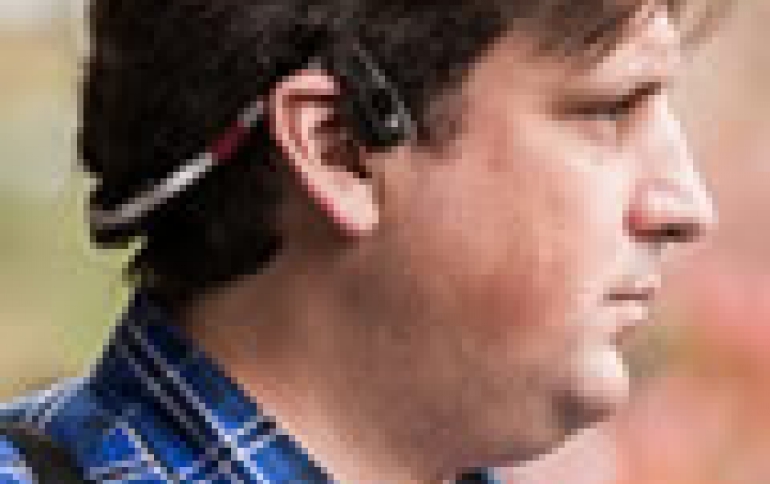
Microsoft's 3D Soundscape Technology Research Helps Visually Impaired
Microsoft is working with charity Guide Dogs UK to test a prototype version of its 3D Soundscape Technology that brings audio cues through a bone-conducting headset. The technology could help visually impaired people confidently and safely navigate their surroundings.
"At Microsoft, we have a long history of innovation in accessibility and we’re always looking for ways to empower people with disabilities by creating technologies that support the unique ways in which each person needs to interact," explains Jenny Lay-Flurrie, senior director of accessibility at Microsoft and herself a person with a disability.
 "We spent months with people with sight loss, as well as industry experts, to try to understand the difficulties they experience in various situations to build the right empathy of that experience and let that guide the design of our concept product."
"We spent months with people with sight loss, as well as industry experts, to try to understand the difficulties they experience in various situations to build the right empathy of that experience and let that guide the design of our concept product."
It combines an off-the-shelf Windows Phone handset with a bone-conducting headset to deliver a multitude of useful audio cues to the inner ear of the wearer. This keeps the ear uncovered and ensures the wearer can still hear environmental noise and take part in conversations.
The 3D Soundscape technology utilizes the smartphone’s GPS and accelerometer sensors while picking up on prompts from specially installed Bluetooth and Wi-Fi-enabled beacons dotted along the route and inside buildings. Cloud based location and navigation data from Bing Maps provides contextual information such as shops, points of interest, and additional journey details.
Wearers will receive turn-by-turn directions to their destination, while the headset will send audible pings if they are straying from the chosen path or verging too close to the edge of the pavement.
The Windows Phone handset will also call out local points of interest such as the post office, coffee shop or newsagents, and even the odd slice of historical information.
The first trials for the initiative have been undertaken with the assistance of Future Cities Catapult, a UK-based urban design agency. They are currently helping test subjects make the journey between Reading and central London.
The technology also delivers real-time public transport information.
These updates will become more powerful and useful as the system learns more about the user and their personal habits.
However, the idea is still very much in the proof-of-concept phase, with many challenges to overcome, according to Microsoft.





















